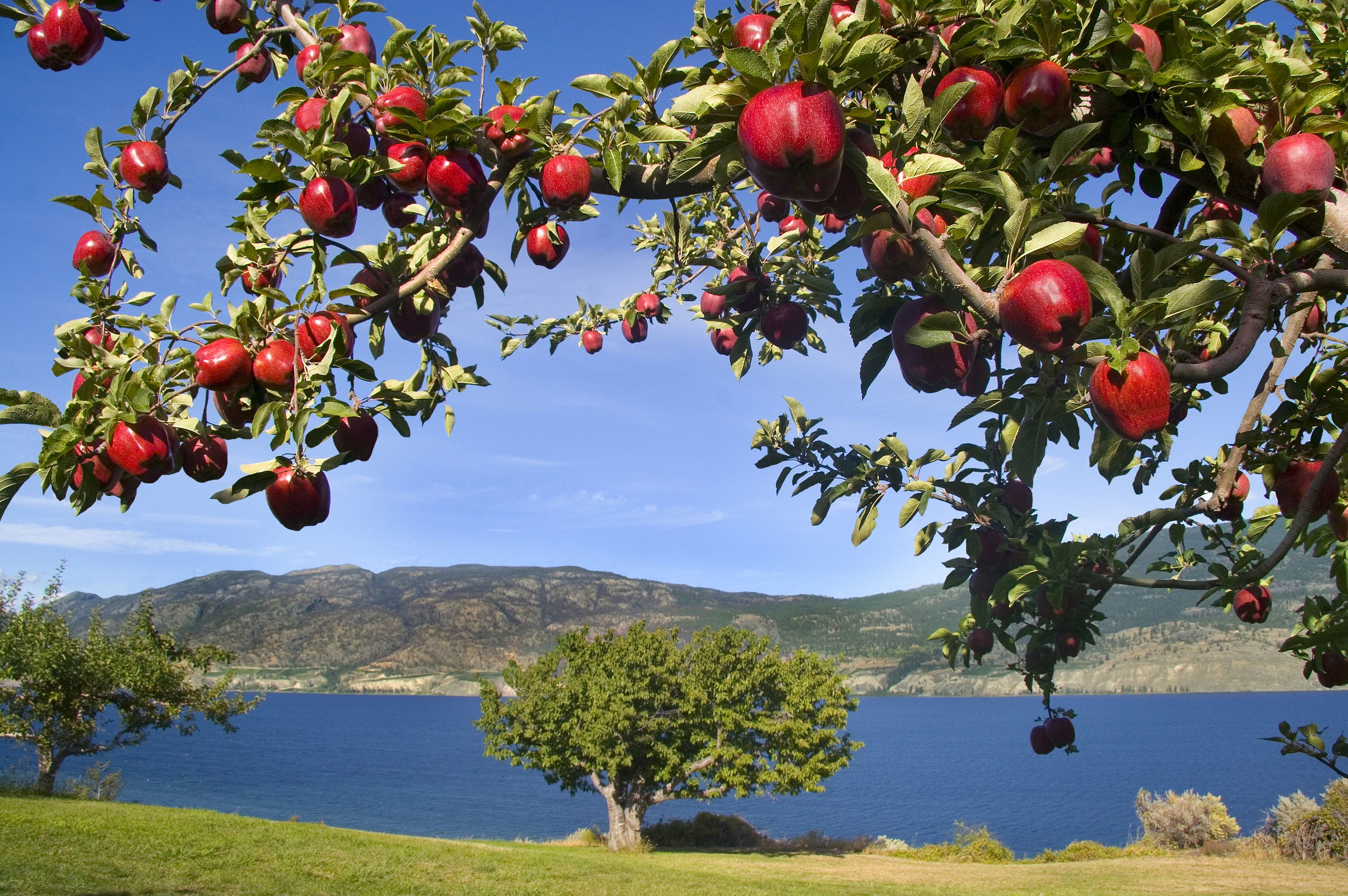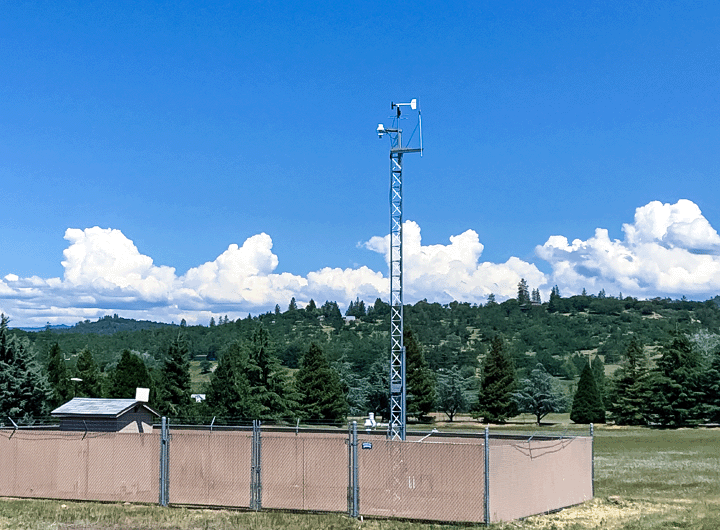Press Release
Navigating Legacy Pesticides with a New Model Remedy

The Washington State Department of Ecology (Ecology) recently published a new model remedy that provides guidance for cleanup of historical orchards in central and eastern Washington. While the new requirements may seem daunting, once you are equipped with some basic knowledge and tips, you can be well on your way to efficiently navigating projects impacted by legacy pesticides.
Why does Ecology have a model remedy for historical orchards?
Tree fruit orchards have been an important economic and cultural resource in central and eastern Washington communities since the late 1800s. Until the 1950s, lead arsenate pesticides were widely used on orchards and this use contributed to widespread lead and arsenic contamination in shallow soils. Based on Ecology’s analysis, historical orchards may have occupied nearly 188,000 acres of land in the state. MFA has worked with Ecology to develop a model remedy that addresses health concerns while ensuring the process is cost effective and implementable for developers.
What remedies are available for historical orchards impacted by legacy pesticides?
With the new model remedy, Ecology requires historical orchard properties be assessed if development is planned. If sampling shows contamination, one or more of the approved model remedies can be used:


Capping: Materials are placed on top of the contaminated soil to act as a barrier to exposure. There are two main types of caps:

Soft caps consist of clean soil or gravel placed on top of a brightly colored demarcation layer to notify people when they have reached the end of the clean layer.

Hard caps can be asphalt streets or drives, concrete sidewalks, or building foundations that create an impermeable barrier that encapsulates the contaminated soil.

Excavate and remove: Contaminated soil is removed and properly disposed of so only clean soil remains. This approach is required in stormwater infiltration areas.

Consolidate and cap: This is the combination of the previous two approaches. Contaminated soil is excavated, then placed at another location on the site where it is then capped. Keeping the contaminated soils on site has the benefit of limiting the additional cost of having the materials tested and disposed of at a landfill approved to accept hazardous waste.

Mixing: Clean soil is mixed with contaminated soil to bring the overall level of contamination below state cleanup levels. This may be a good approach when the levels of lead and/or arsenic are just over the required levels, but is not suitable when the concentrations are high.
What should I know when remediating a historical orchard site?

While selecting the best approach will depend on the nature of the site and the proposed development, here are a few tips and tools for those considering development on a historical orchard sites:
Start early: If you are considering development in central or eastern Washington, you can use Ecology’s dirt alert tool to determine if a property is located in their historical orchard area. If the property is located in a former orchard area, the next step is to do some initial sampling. If it is not on the map, then no assessment is needed.
Thorough sampling: Because the primary concern for former orchards is shallow soil, sampling is relatively inexpensive and can help you identify significant cost saving options for the cleanup. The property owner can then contact Ecology for sampling at no cost. You want to ensure that enough sampling is done to identify where contaminated soil is located as this will inform your cleanup and redevelopment strategy.
Redevelopment as the remedy: Building footprints, roads, driveways, and sidewalks are all acceptable hard caps. This gives you the opportunity to plan your project so that the infrastructure and buildings are strategically located to cap contamination at minimal additional cost the project. You may also be able to identify areas where contaminated soil from elsewhere on the site can be consolidated and capped such as in a landscaped berm, saving you the cost of testing and disposal of soil in at approved landfill.
Additional resources
- Ecology’s Dirt Alert Webmap: Determine if your project is located in an historical orchard area.
- Ecology’s Resource Page: Access the model remedy guidance and find information about free sampling.
- We can help: If you could use some additional guidance, reach out to us for assistance. We are happy to help at any stage in the process from initial due diligence to cleanup.



